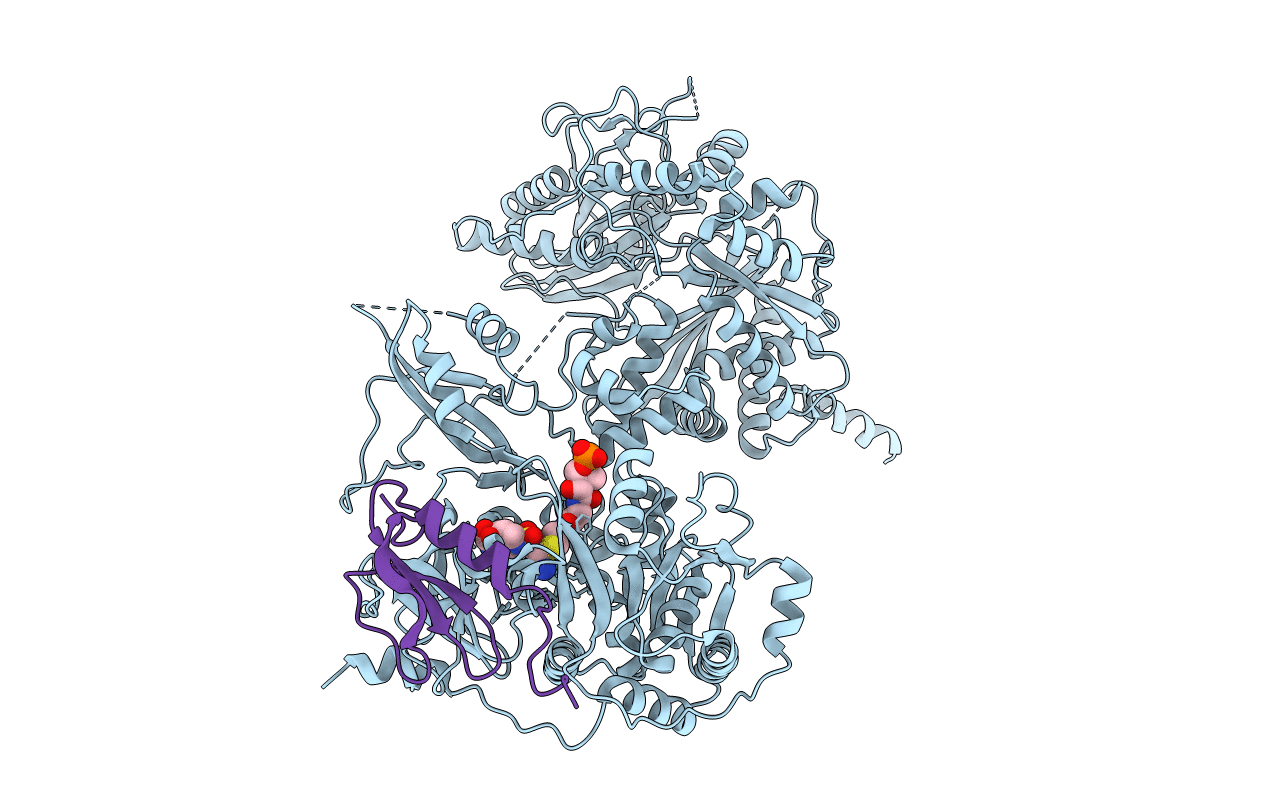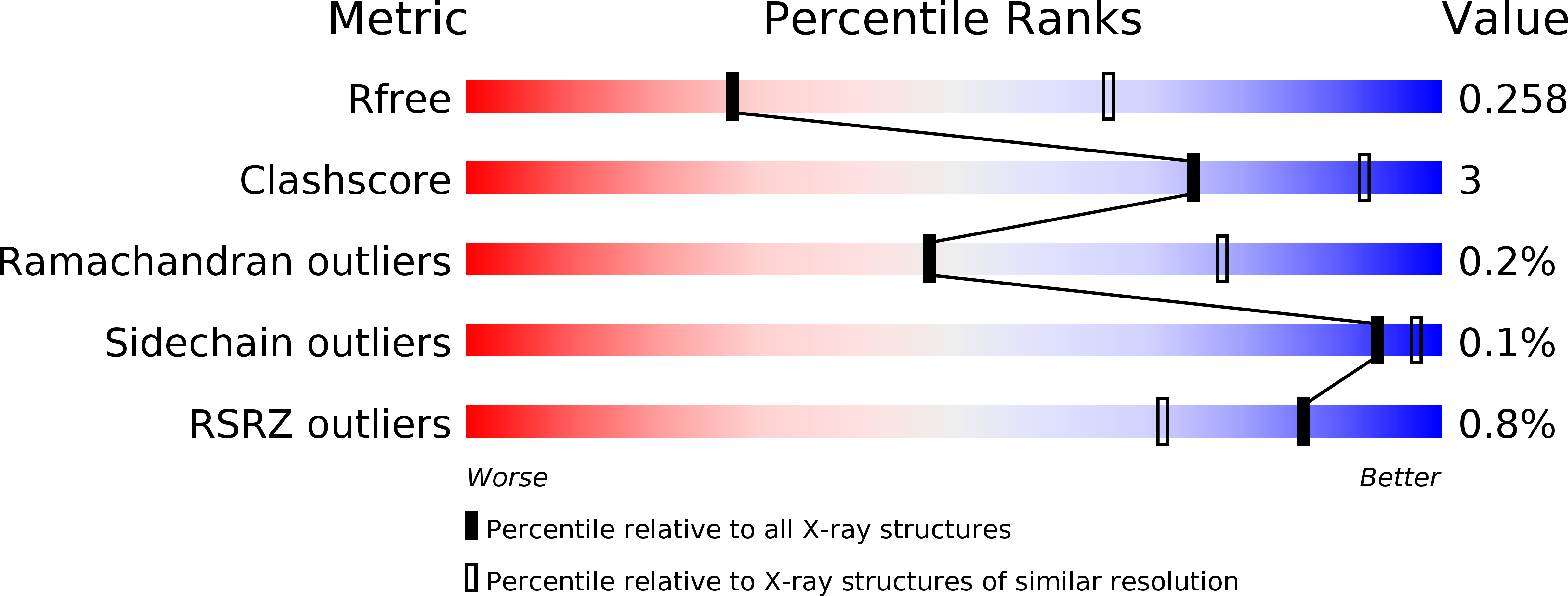
Deposition Date
2016-12-14
Release Date
2017-05-10
Last Version Date
2024-10-23
Entry Detail
PDB ID:
5U89
Keywords:
Title:
Crystal structure of a cross-module fragment from the dimodular NRPS DhbF
Biological Source:
Source Organism:
Geobacillus sp. (Taxon ID: 581103)
Host Organism:
Method Details:
Experimental Method:
Resolution:
3.08 Å
R-Value Free:
0.25
R-Value Work:
0.21
R-Value Observed:
0.21
Space Group:
P 65 2 2


